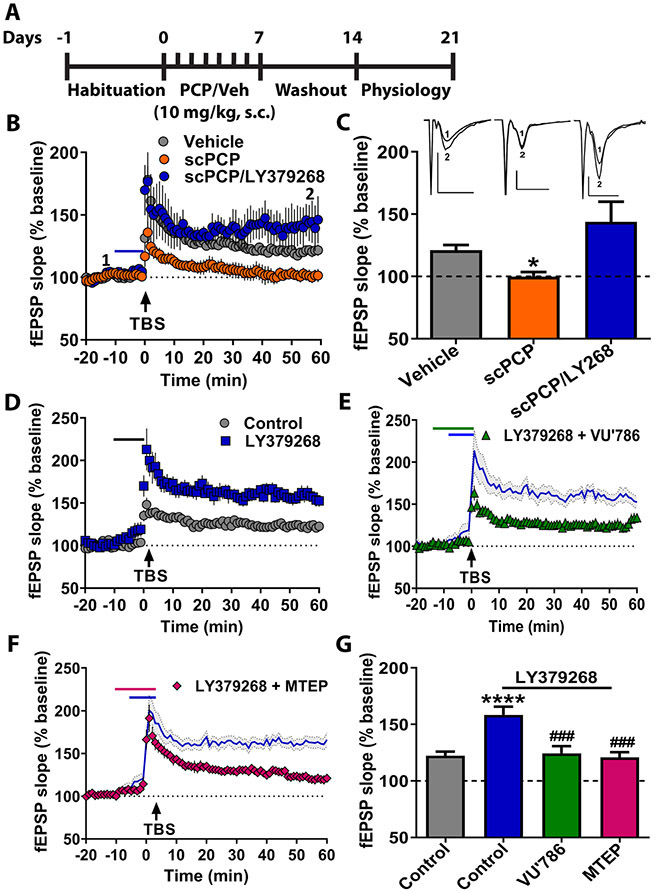Figure 2. mGlu3 receptor activation enhances hippocampal long-term potentiation (LTP) through concerted signaling with mGlu5 receptors.
(A) Schematic representing scPCP treatment regimen. After 7 days of habituation, mice were injected with scPCP for 7 days. Electrophysiology experiments were performed 7 days after last PCP injection. (B) Field excitatory postsynaptic potentials (fEPSPs) were recorded in the stratum radiatum of CA1 after electrical stimulation of the Schaffer collateral. Time course showing moderate LTP after a single application of theta burst stimulation (TBS) in slices from vehicle-treated mice (grey bar, n=7 slices). Slices from mice treated with scPCP displayed impaired LTP (orange bar n=6). Bath application of the mGlu2/3 agonist LY379268 (100 nM) rescued TBS-LTP in slices from scPCP-treated mice (blue bar n=6). (C) Summary of averaged fEPSP slope of last 5 minutes of recordings from panel B (*p<0.05, compared to Vehicle, F(2,16)=5.11, one-way ANOVA with Tukey’s post-hoc test). Insets for (C) are representative fEPSP traces for the various experimental conditions from (B) measured during baseline (1) and 55 min post stimulation (2). Scale bars represent 1 mV and 100 ms for all traces. Traces for each experimental condition are placed over respective bar graphs. (D) In control mice, LY379268 application enhanced LTP in response to TBS (blue squares, n=10). (E) Co-application of mGlu3 NAM VU0650786 (VU786; 10 μM) blocked the enhanced LTP induced by LY379268 (green triangles, n=11) and had no effect on its own at baseline. Blue line displays LY379268 data from panel D. (F) The mGlu5 NAM MTEP (1 μM) blocked enhanced LTP when co-applied with LY379268 (magenta diamonds, n=8) and had no effect on its own at baseline. (G) Summary of averaged fEPSP slope of last 5 minutes of recordings from panels D-F (****p<0.0001 compared to control, ***p<0.001 compared to LY379268+control, F(3,42)=10.11, one-way ANOVA with Tukey’s post-hoc test). Data are presented as mean ± SEM.

